Here's How to Stop Acne in Its Tracks Without the Expensive Treatments
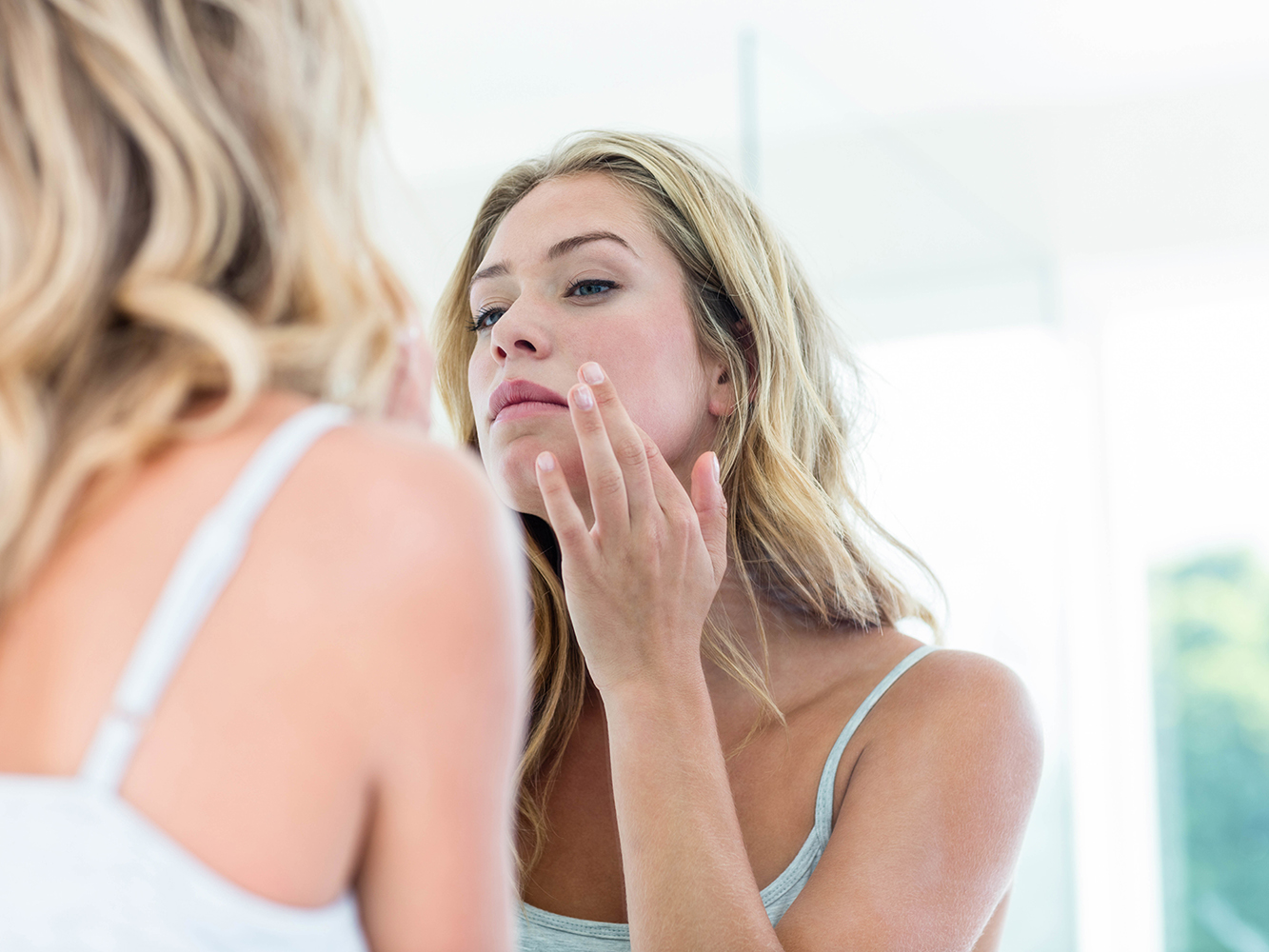
If there is one thing that can have a mind of its own, it's acne. It seems like it comes and goes as it pleases, often leaving a parting gift or rather, won't leave at all. No matter the type, it can leave post-inflammatory signs, hyperpigmentation, or scarring, which can be quite frustrating, especially when you have to sift through hundreds of products that are aimed to help. The first step is to understand what it is, why it's starting up, and what our bodies are actually trying to tell us.
"A complicated symptom with many many factors involved, acne is rarely a result of dysbiosis exclusively on the skin, especially as adult acne differs from what I call 'classic acne,'" skincare expert Kristina Holey shares. Her treatment line with Marie Veronique contains ingredients to target inflammation, rebalance oil production, and restore microbial balance—all culprits in adult acne.
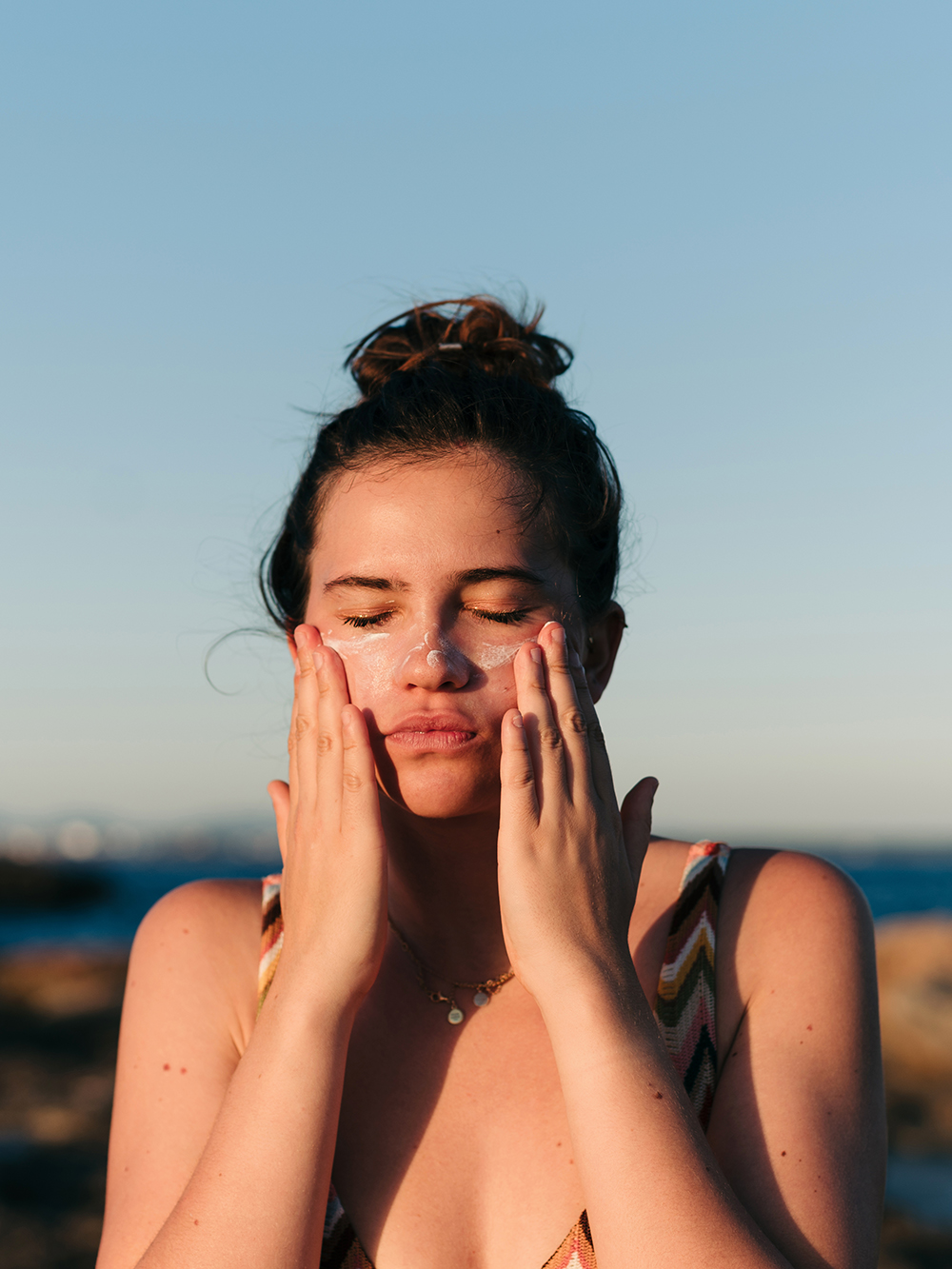
Some of the usual causes can include hormonal imbalances, emotional stress, nutritional deficiencies, or misuse of harsh topicals. "Typically, adult acne is a result of a hormonal surge of androgens causing excess oil or the manufacturing of oil in the glands. Often we see these breakouts in the chin, jaw, near the ears (lymph zones), neck, temples, sometimes chest/body," shares Holey. Truth is, acne is usually never a result of "one" thing, and before you reach for the next quick-fix blemish gel, try these lifestyle changes.
1. Follow a Clean Diet
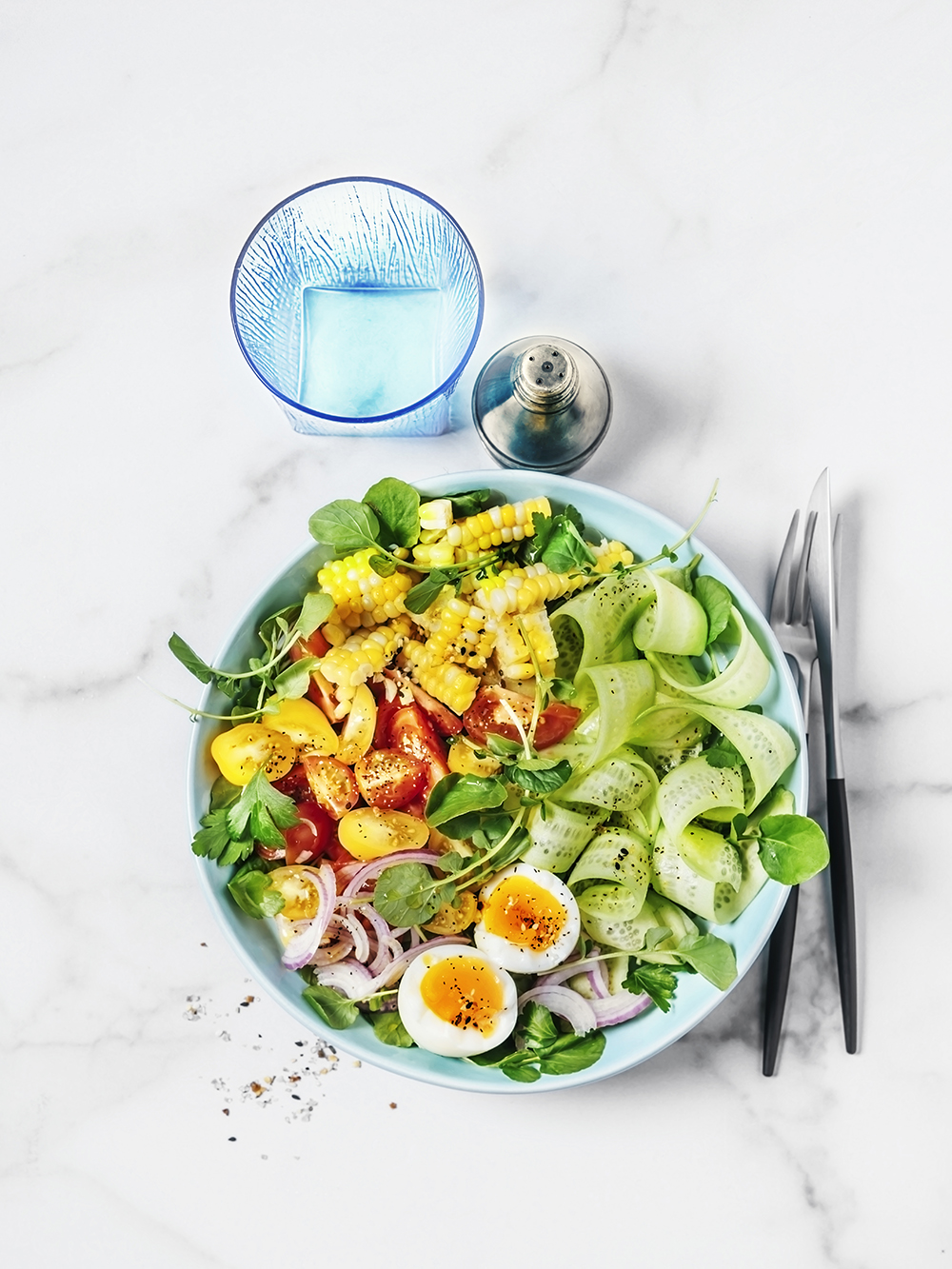
"You can try every topical acne product out there and gain some temporary relief, but it will come back quickly if you don't do the internal work," Samantha Matteoni, an NYC- and L.A.-based aesthetician says. Our diet can significantly impact androgen levels and other hormones that play a role in the development of acne, so that's the reason why it's at the top of the list. That means avoiding packaged and processed foods and limiting refined sugar and saturated fats, such as dairy and oils.

Filling in the gaps with as many whole, plant-based foods as possible, like a wide variety of raw and cooked veggies, as well as omega-3 fatty acid fish, such as salmon and whitefish will help. And drink as much water as possible, especially when you're having alcohol or caffeine. If you notice something makes you feel sick or bloated or shows up on your skin, you might want to avoid it for a while.
2. Supplement (With Caution)
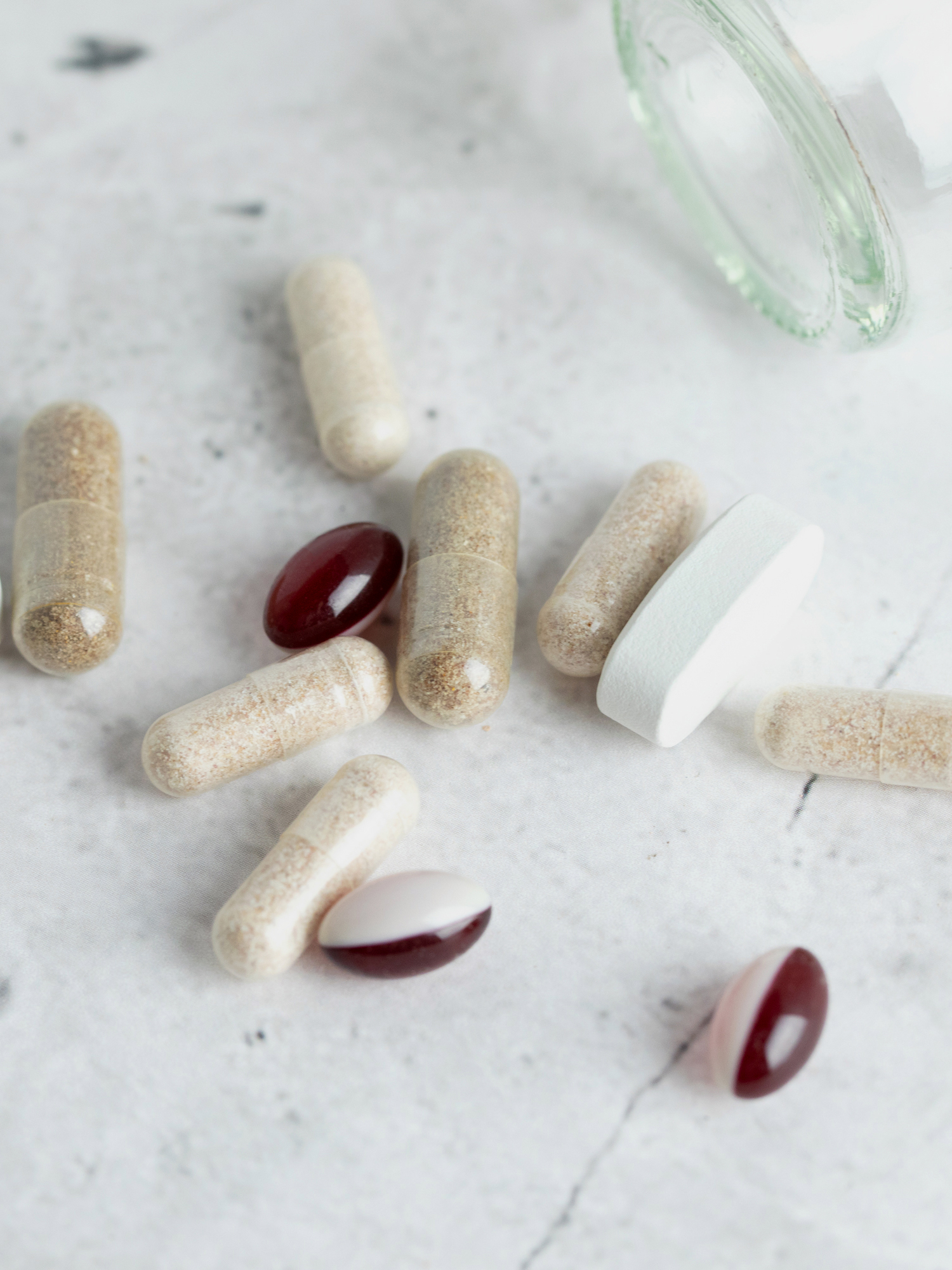
"Supplements can help, however, they should be considered as medicine and taken seriously. I always suggest getting bloodwork and working with a specialist who can direct you towards reputable brands so you know you are taking something of high quality," Holey explains.
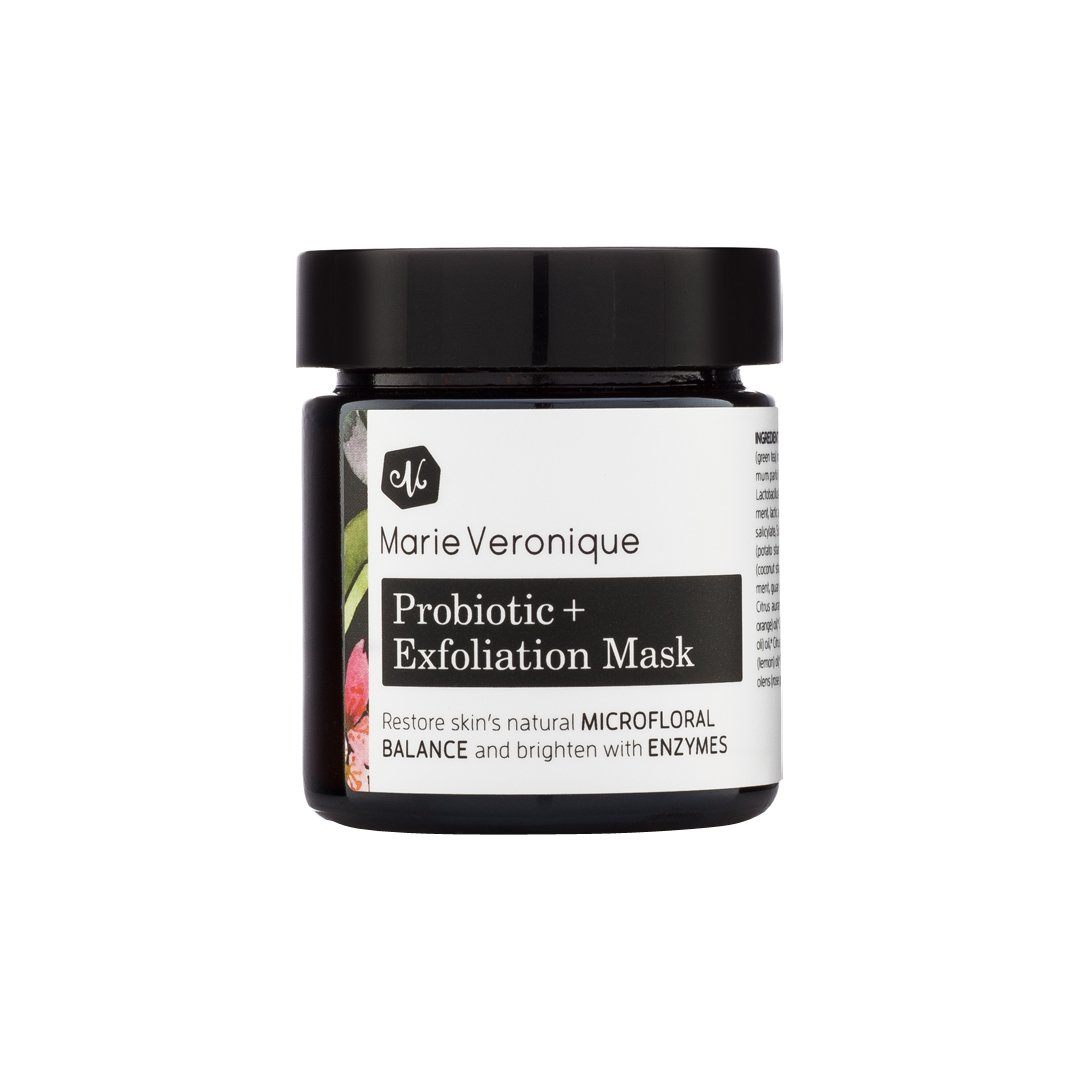
Within the microbiome of the skin, commensal bacteria must be present to maintain strong skin. Thousands of different colonies can exist harmoniously to carry out various essential functions such as balancing the pH, producing anti-inflammatory sebum, and keeping unwanted, pathogenic species minimized.
When there is excess oil or clogging within the pores it creates an environment in which pathogenic bacteria, "acne bacteria" (Propionibacterium acnes), can thrive. P. acnes has been shown to trigger pro-inflammatory cytokine release and expression of antimicrobial peptides. The environment within a pore of high lipid content and low oxygen concentration is an ideal home for P. acnes. The microbes multiply rapidly and release inflammatory substances that break down the follicular walls to facilitate the spreading. The levels of inflammation after this point are dependent on the person's immune response.
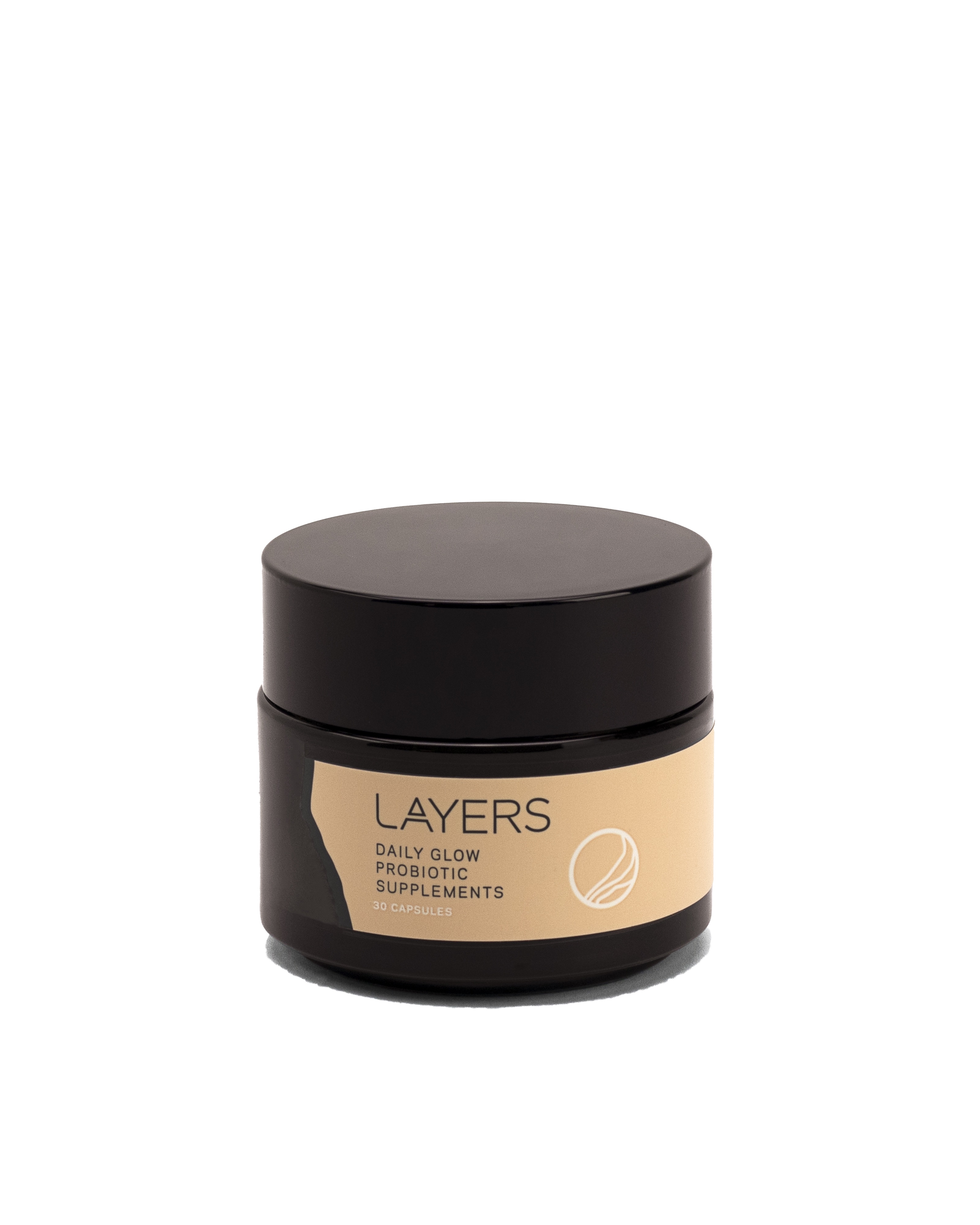
"Using probiotics (both supplements and topicals) is a great way to calm internal and external inflammation, strengthen the skin barrier, inhibit unwanted bacteria growth, and protect from environmental stressors," says Rachel Behm, founder of probiotic skincare line, Layers. "Therefore, probiotic skincare can help people with acne (considered an inflammatory skin condition), nourishing the gut and skin microbiome."
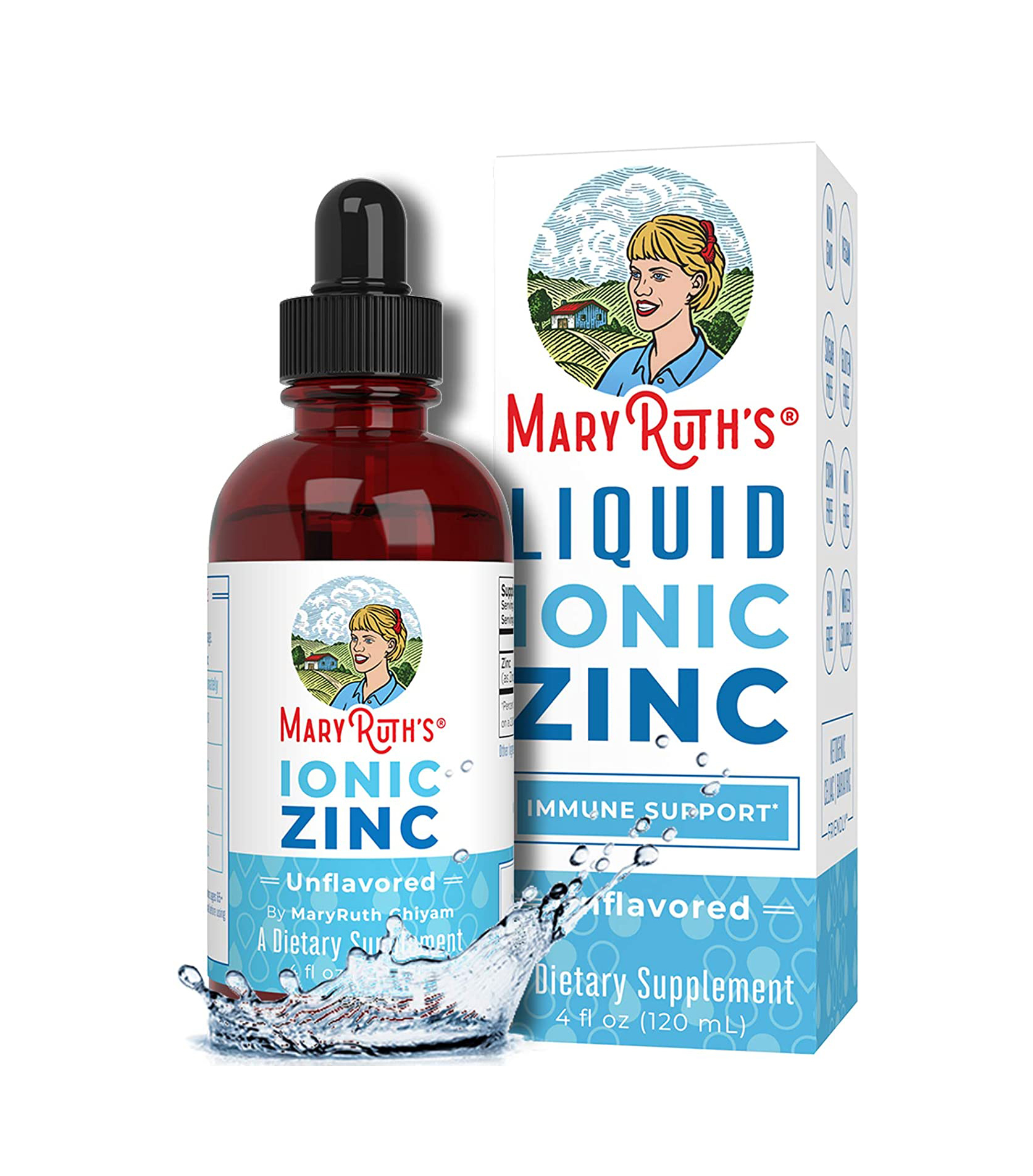
Matteoni cannot recommend zinc enough, and in addition to food (legumes, seeds, nuts, and oats), supplementing can be the way to go. "Zinc can destroy bacteria that has invaded pores and caused acne while preventing the growth of latent bacteria," she says. "It's a safer alternative to antibiotics because zinc does not negatively affect the digestive gut flora. Most bacteria cannot develop resistant strains to zinc because it's a mineral element and not a chemical, and it is safe for all skin types and tones, dark to light, oily to dry, and sensitive."
While the recommended daily amount of zinc is 8mg for adult women and 11mg for adult men, be sure to do so carefully, as zinc may cause nausea, vomiting, diarrhea, metallic taste, kidney, and stomach damage for some people.
3. Protect From Outside Pollutants and Environmental Stressors

There was a time when we thought that the sun actually dried acne out, but it actually does the opposite, as the sun bakes the oil into the pores. In case you didn't know, SPF is not optional. Sunscreen plays a key role in reducing the redness of acne, as well as preventing scars from forming and hyperpigmentation. Even when indoors, make SPF part of your daily habit, reapplying to protect against UVA rays that enter through the windows.
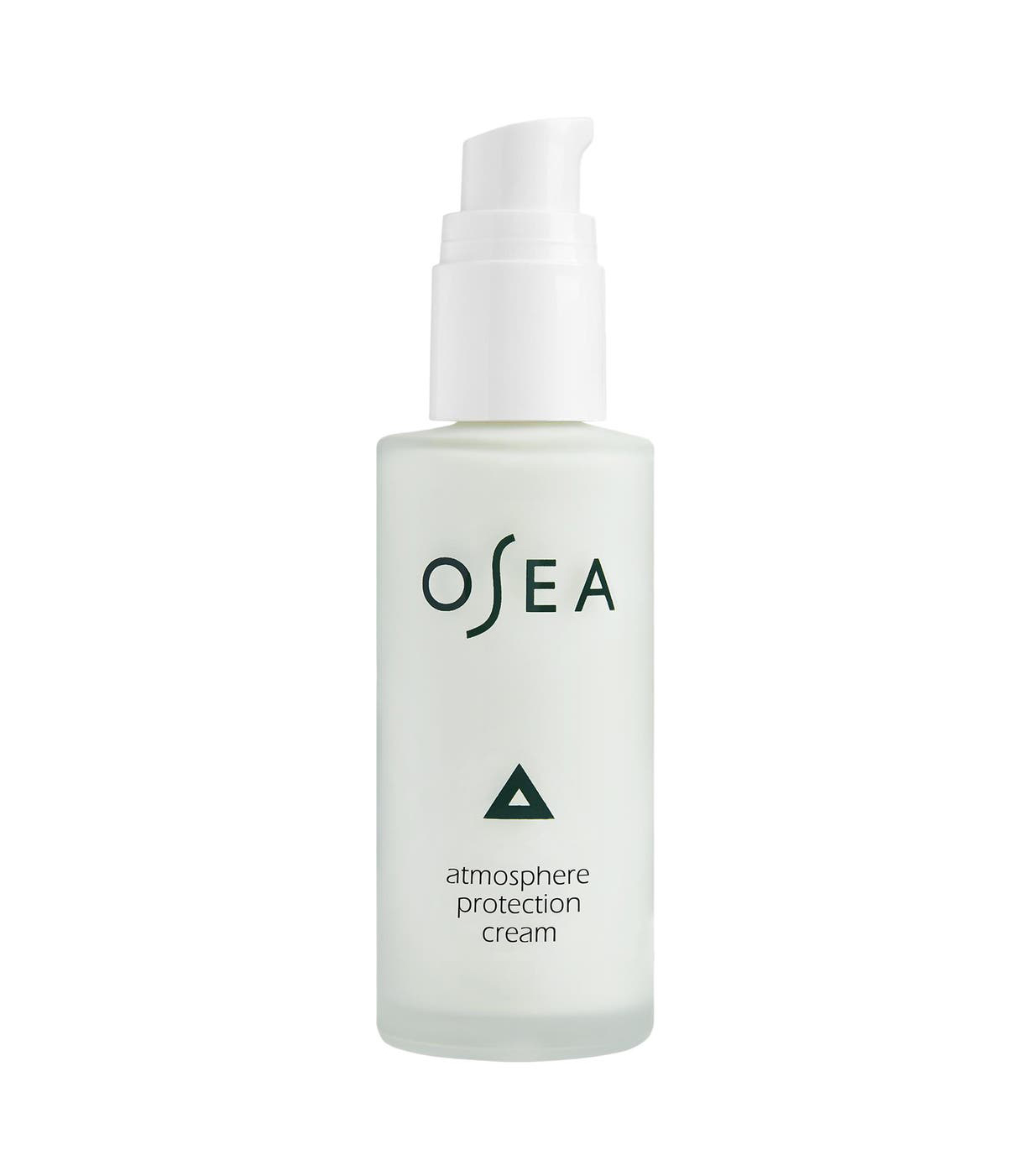
Matteoni recommends the Osea's Atmosphere Protection Cream as an anti-pollution moisturizer that hydrates while providing barrier protection against environmental pollutants. Rich in antioxidant seaweed, shea butter, and omega-rich oils. Quickly absorbs to a silky finish, ideal under sunscreen or makeup.
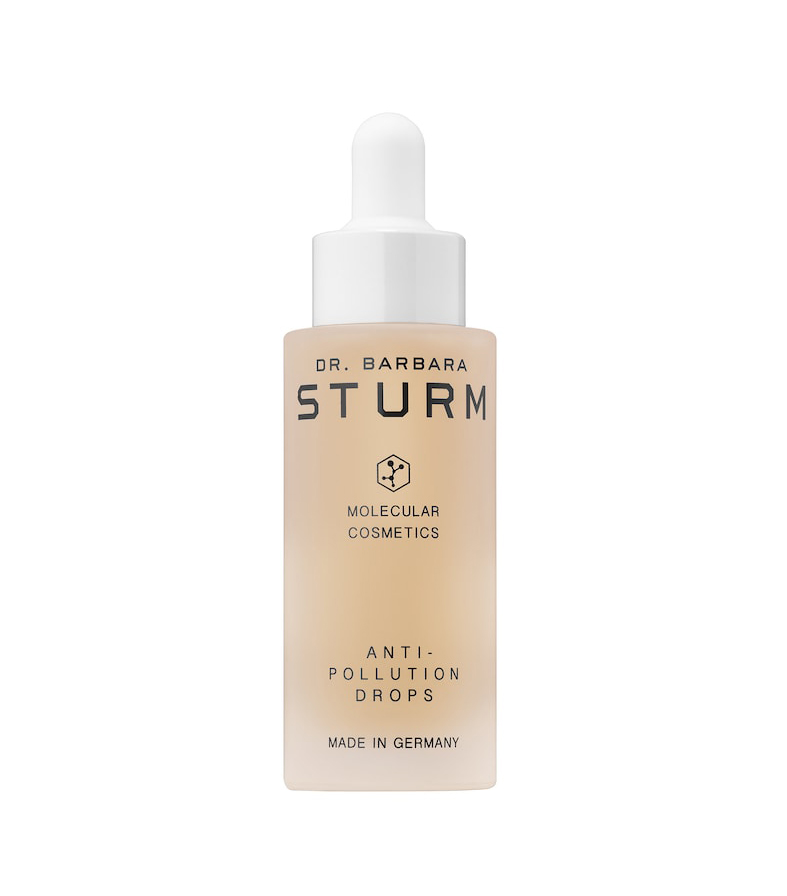
The Anti-Pollution Drops from Barbara Sturm protect the skin from environmental stressors, promote the skin's natural barrier function, and combat the oxidation and inflammation caused by pollutants. While the science behind blue light damage is still being discovered, the air pollution and blue light radiation emitted from our computers and phones can degrade skin barrier function and disrupt the natural healing process following a breakout or inflammation.
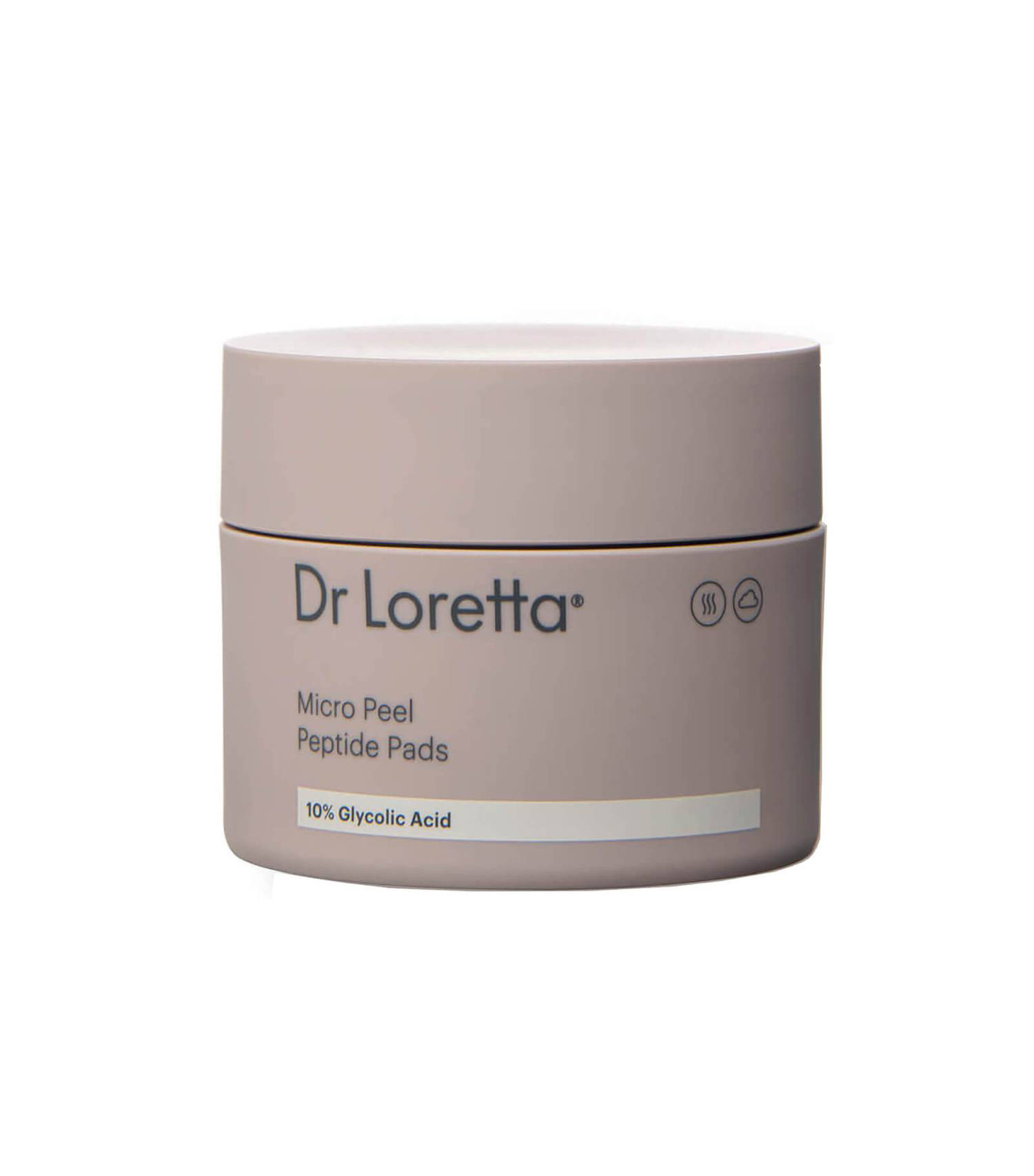
These clarifying pads contain 10% glycolic acid, which removes environmental debris from the surface area and pores, improving the skin's texture, and reducing the appearance of fine lines. Algae peptides replenish moisture loss caused by skin-drying environmental conditions. For the first two weeks, rinse off after 10 to 20 minutes, and as you build the tolerance for it, leave the formula on, following with a hydrating serum or moisturizer and SPF.
4. Don't Overdo It With the Products
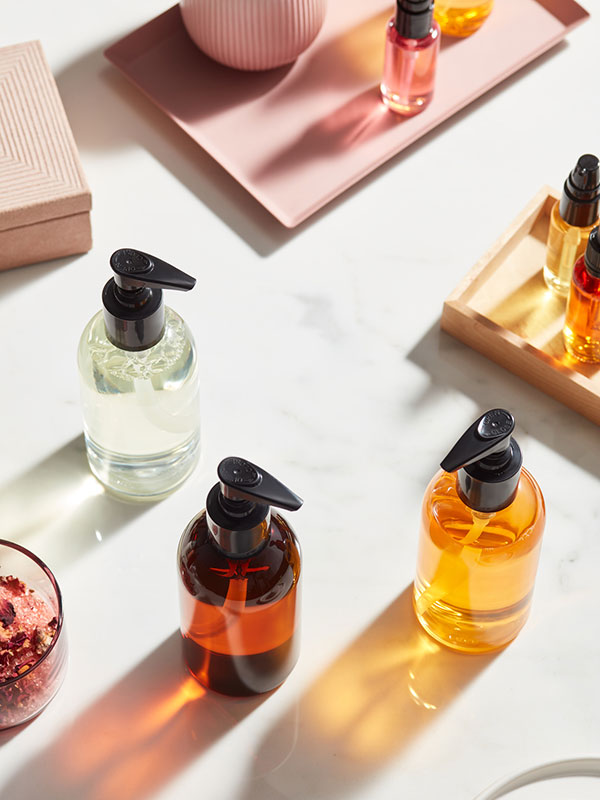
The saying stands true here: Less is always more. Plus, starting off slow helps reduce the chance of irritation. "Just cleansing and exfoliation won't clear up acne. In fact, too much can make it worse by drying the skin, creating an irritation that invites outside invasion by pathogens that can cause more breakouts," says Holey. "Keeping your lipid barrier nourished with oils, especially those high in omega-6 essential fatty acids (like safflower or sunflower oil) helps clear up congestion and protects from outside assault."
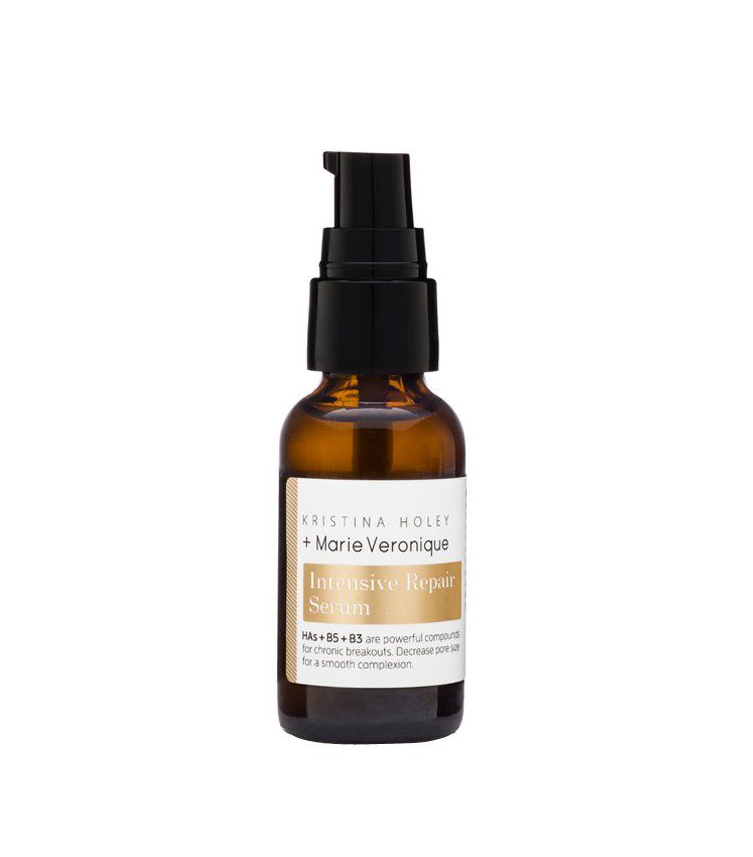
You want to preserve the good bacteria without stripping the skin of its natural microbiome, which can cause more room for acne-causing bacteria to flourish. The key is to use ingredients that contain benzoyl peroxide, alpha-hydroxy acids, tea tree oil, and/or sulfur, which all have antibacterial properties, so they can help kill acne-causing bacteria without leaving skin feeling too tight or dry.
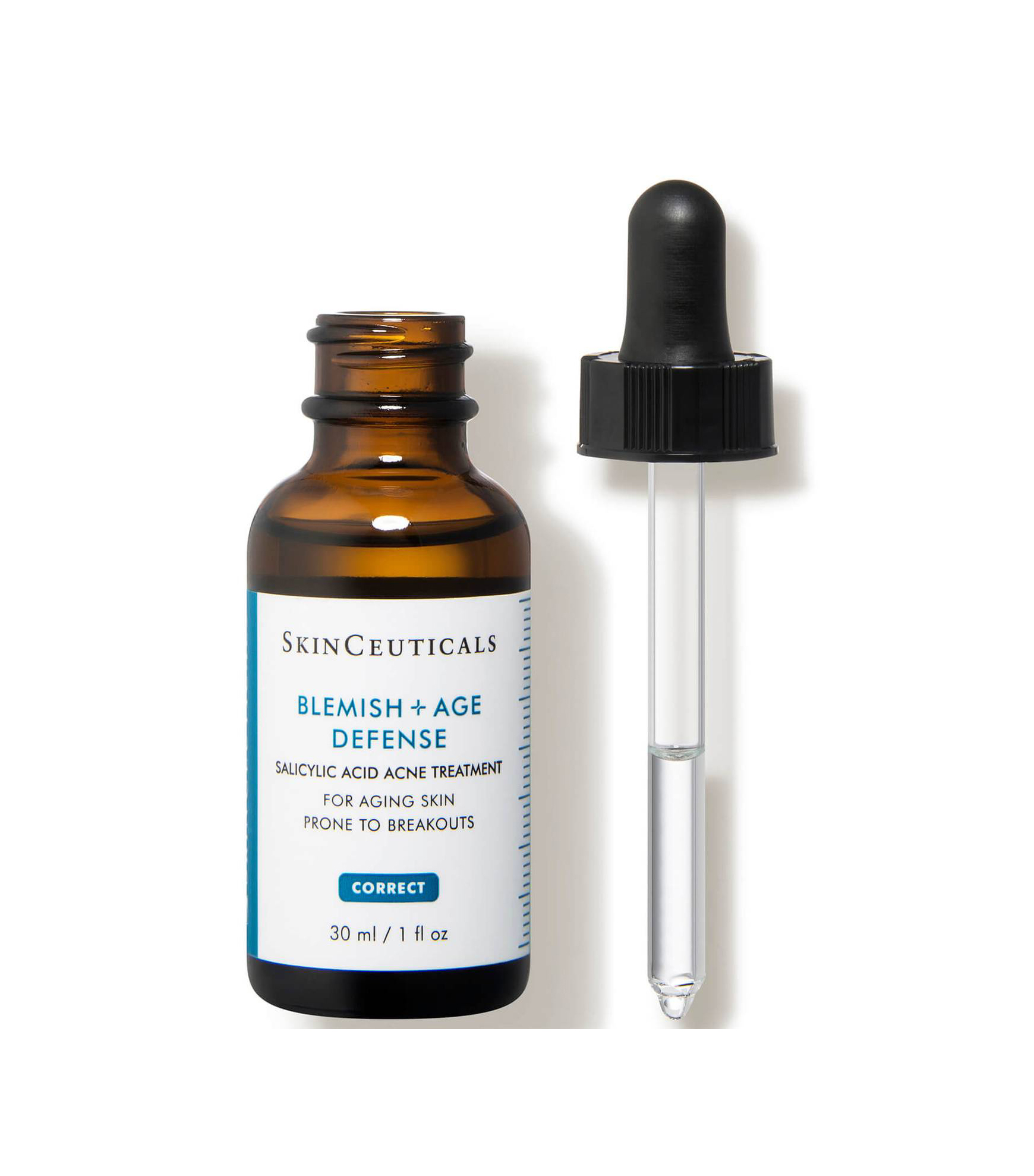
SkinCeuticals' Blemish + Age Defense treatment contains 2% dioic acid, which brightens skin tone. And alpha and beta hydroxy acids target acne-forming sebum production, unclog pores, and help prevent blemishes, wrinkles, fine lines, and active hyperpigmentation.
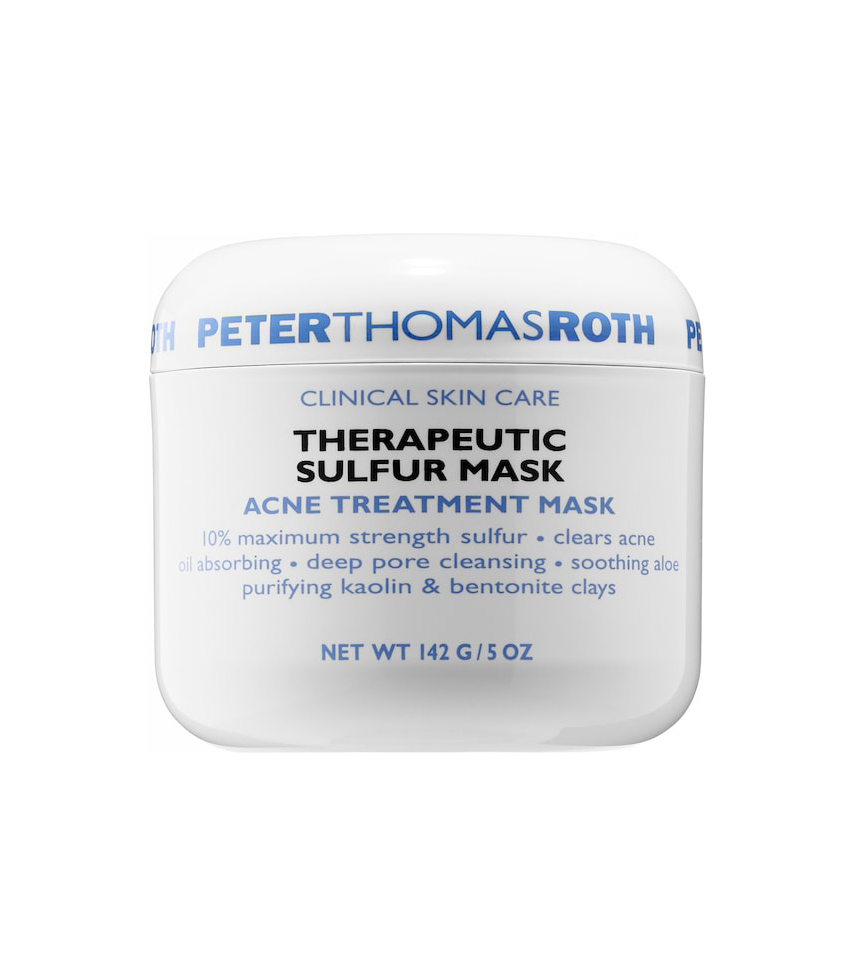
The treatment mask by Peter Thomas Roth is an acne-fighting powerhouse that contains 10% sulfur, kaolin and bentonite clays, and aloe vera that absorb excess oil, visibly clear the skin, and help address future blemishes and blackheads.
When in need of a good acne fighter, look for a combo of retinoid and niacinamide, as the vitamin A in retinoids are the most effective treatment for acne because of their ability to turnover, regenerate, and heal the skin rapidly, revealing fresh skin.
5. Understand What Your Skin Is Trying to Tell You

Knowing why you're experiencing acne is always helpful in figuring out who to better treat the blemishes without overdoing it, which can create a worse environment. For me, processed snacks lead to forehead bumps, and refined sugars spike the hormone blood levels by my chin area. To keep the area clear, I use an exfoliator to increase the cellular turnover rate, which changes throughout our life.
"It's better to use a chemical exfoliant when working on acne-prone skin, " Matteoni says. "Whether through a machine, brush, or scrub, physical exfoliation can further irritate already inflamed skin. It's better to use a chemical exfoliant because they loosen the bonds that hold dead skin cells to the skin's surface. Look for an acid or enzyme exfoliant."
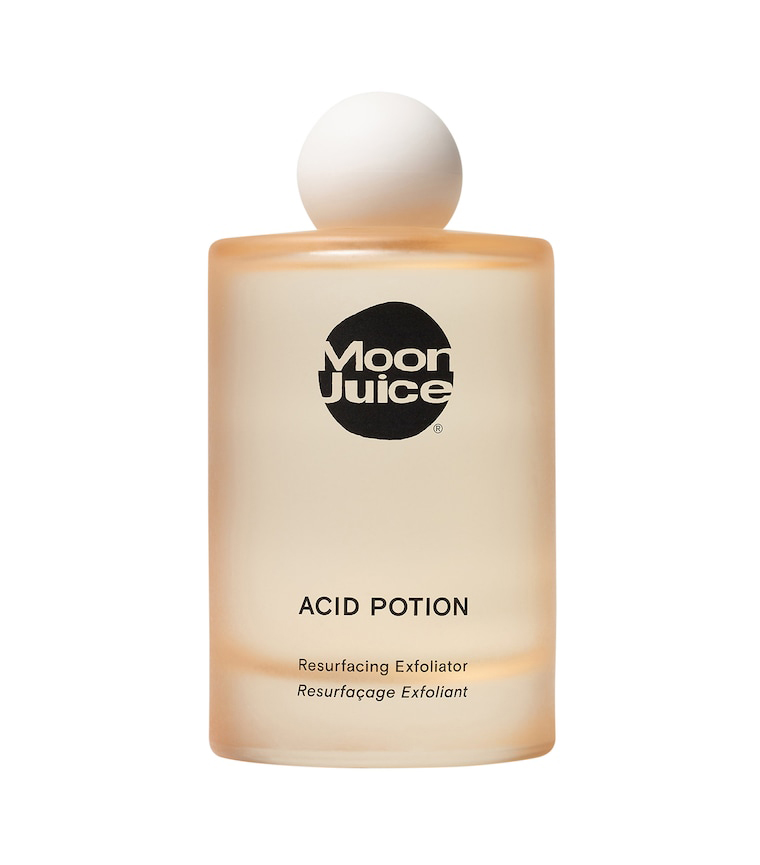
The Moon Juice Acid Potion contains glycolic, lactic, and salicylic acids to help unclog pores and resurface for smoother skin. Niacinamide and adaptogenic reishi help hydrate, soothe, and balance, keeping pores free of buildup from hair follicles and oil.
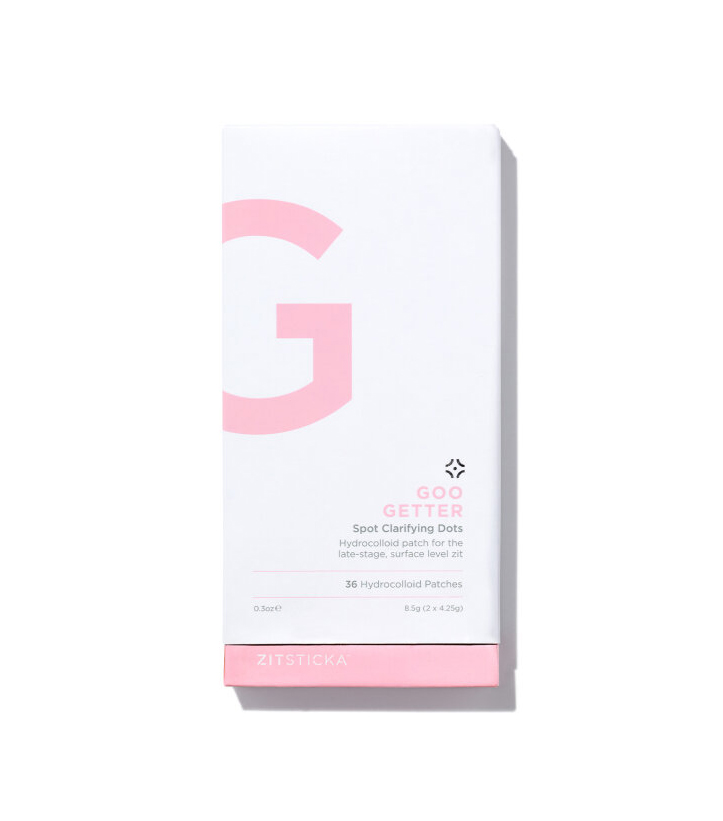
When you have a pesky, stubborn one, get straight to it with a pimple patch. "I love a Zitsticka to spot treat pimples," shares skincare enthusiast, Denise Vasi founder of beauty, health and wellness website Maed. "They directly target blemishes with acne-fighting ingredients like salicylic acid, hyaluronic acid, and niacinamide. They speed up the healing process without drying the skin out. Plus, they create a barrier between you and the pimple, which prevents you from picking and popping."
6. Invest in the Right Tools
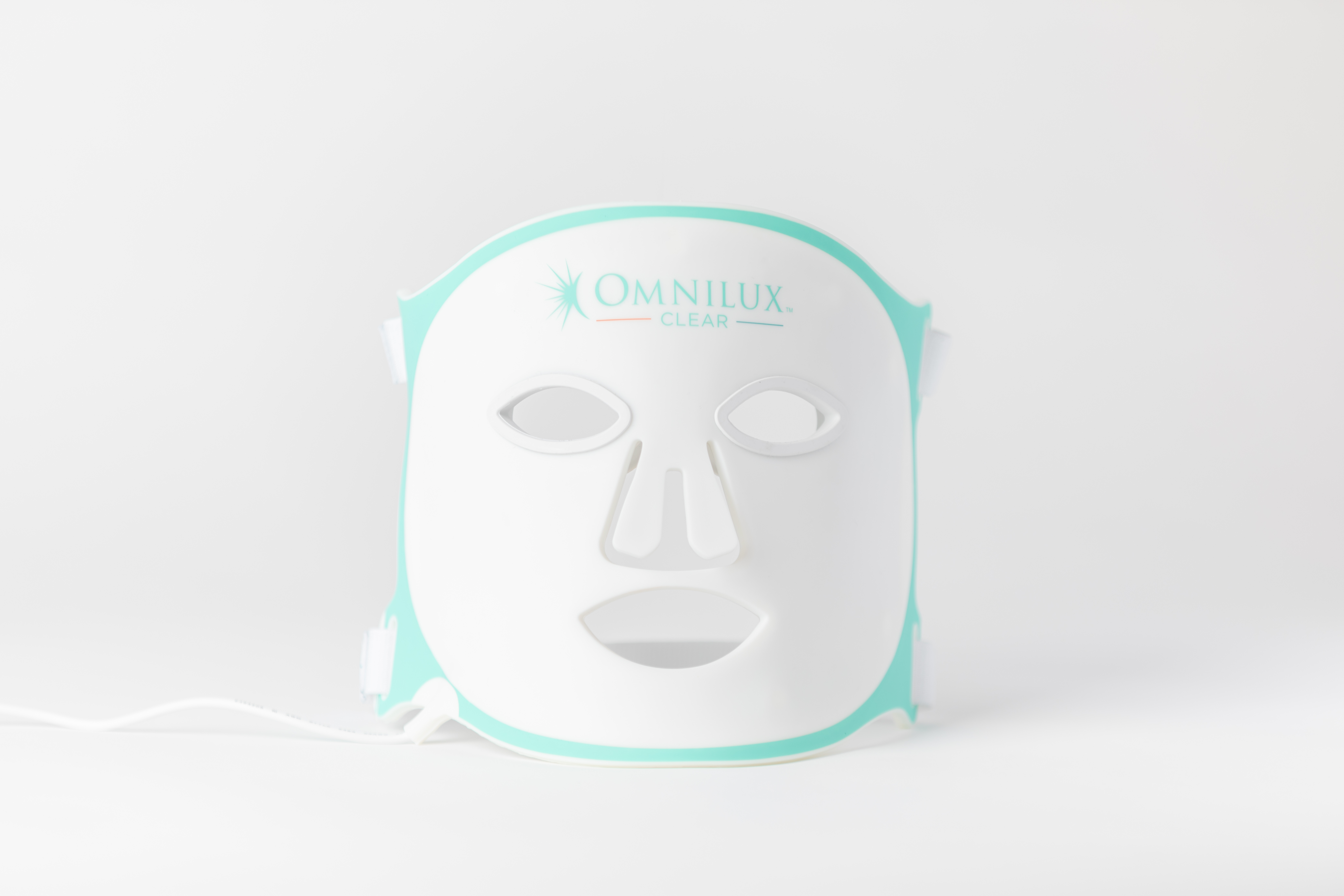
When you do get an acne attack, don't freak out and definitely do not touch it. After retracing your steps, rely on professional tools (not your own fingers!) to treat the spot, if you can't get to a professional. When it comes time to splurge, look no further than the Omnilux Clear, the first FDA-cleared at-home light therapy mask proven to significantly reduce or eliminate acne, redness and inflammation, by working on a cellular level to kill acne-forming bacteria in the sebaceous glands in just 6 weeks.
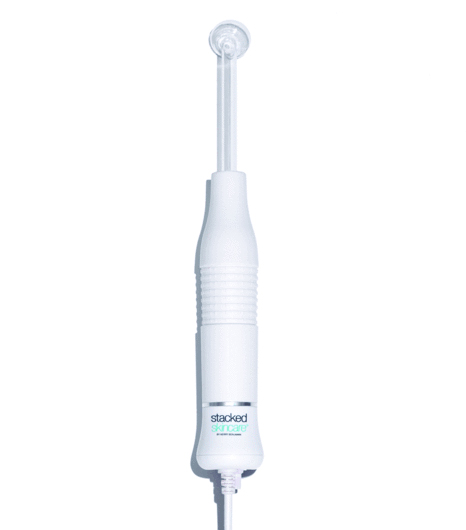
Matteoni swears by StackedSkincare's device for her acne-prone clients, as it's a natural way of improving your skin's cellular turnover by oxygenating the layers below the dermis. "High frequency is used to treat acne, stimulate collagen, and increase blood flow, which gives you a brighter, more youthful complexion," Matteoni says. "High-frequency treatments are a natural way of improving your skin's cellular turnover by oxygenating the layers below the dermis." Just be sure to not use AHA, glycolic acid, or alcohol-based products to avoid drying out the skin.
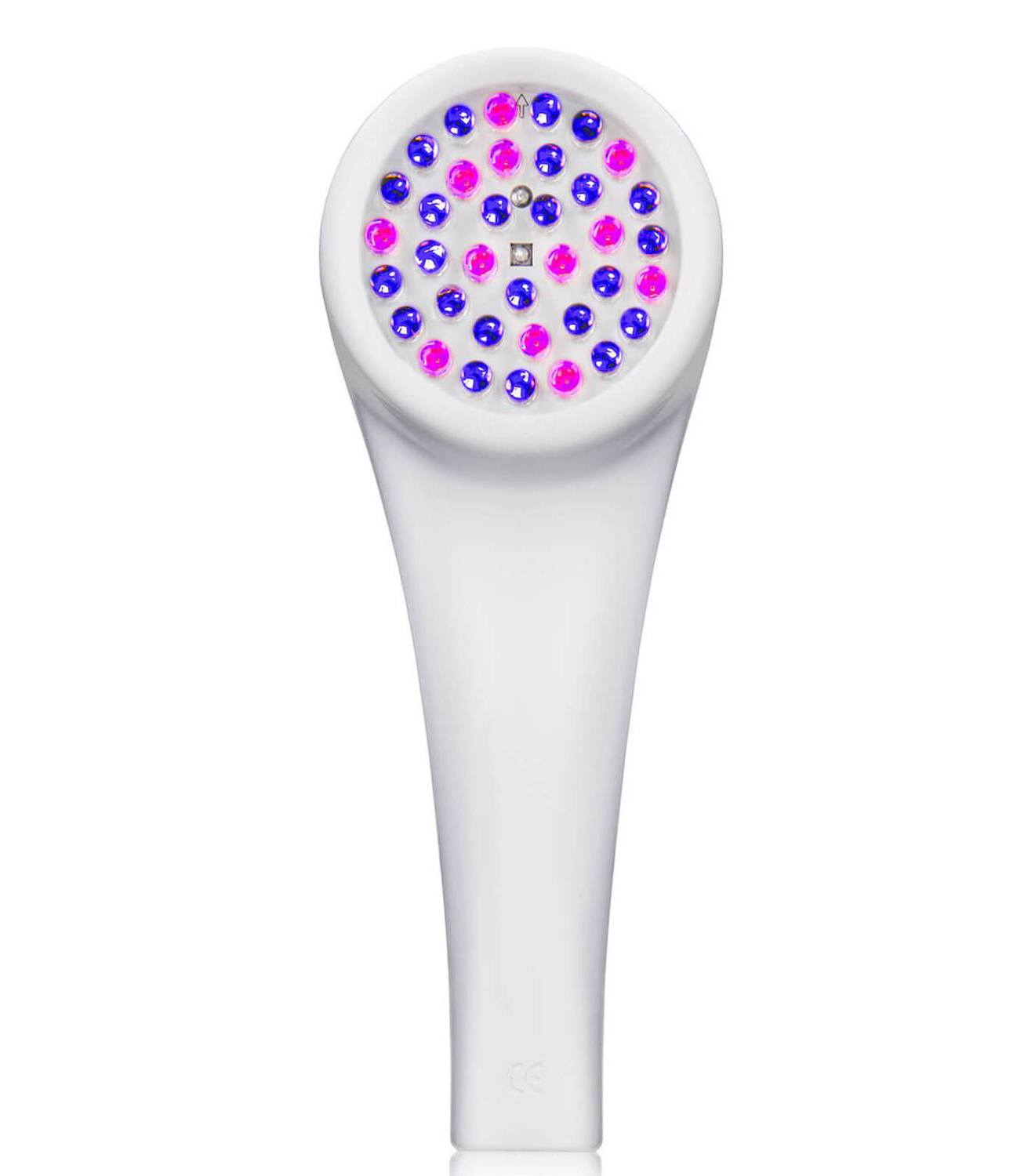
This tool helps circulation and kills bacteria deep in the pores. What's even better is that it helps calm and heal existing blemishes and reduces future breakouts by eliminating acne-causing bacteria. The 3-minute treatment uses UV-free blue and red lights that destroy bacteria and reduce inflammation without damaging or drying healthy skin and can be used anywhere on your body.
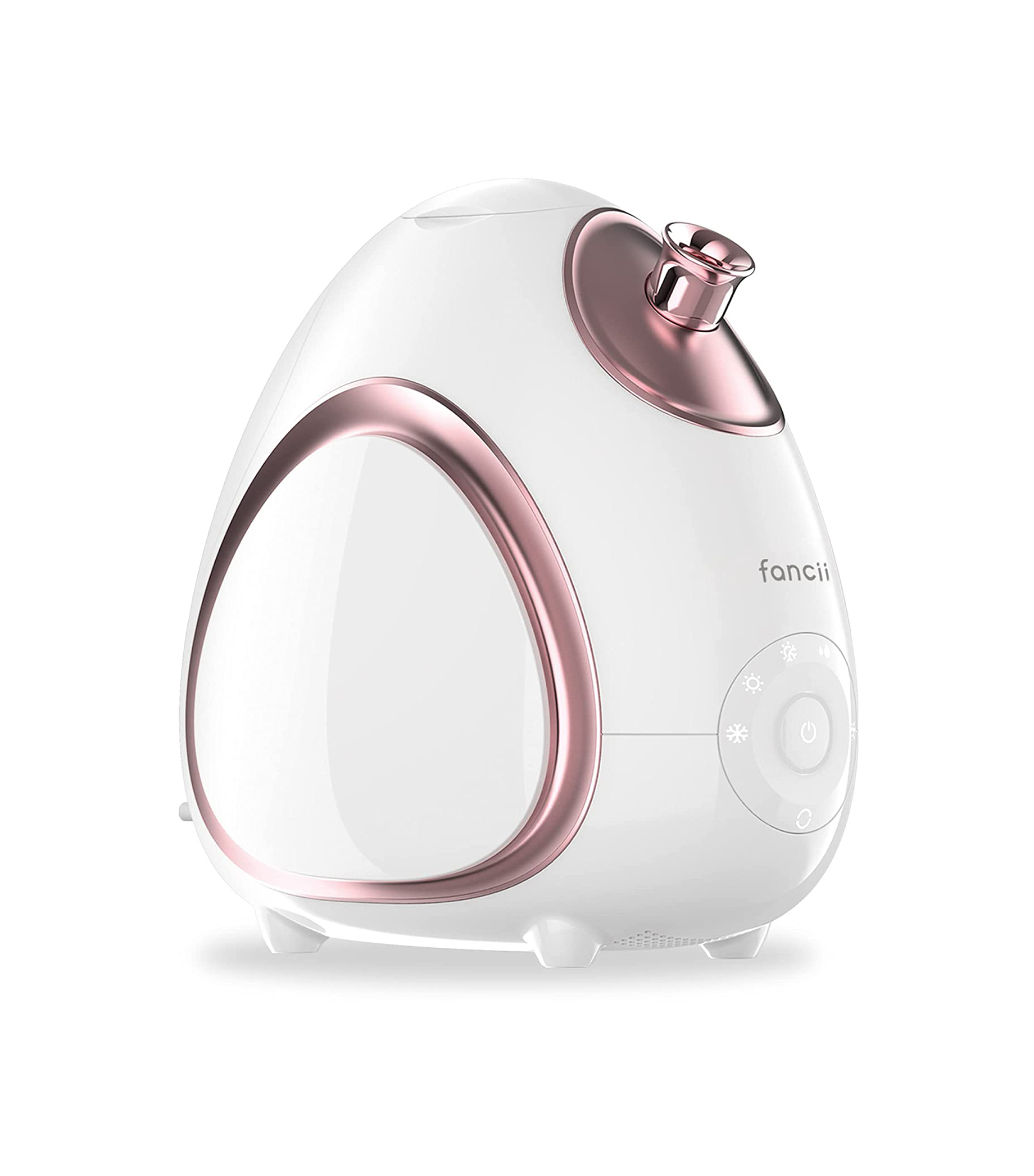
Facial steaming helps boost hydration, which moisturizes and softens your skin's outer layer, as it increases blood flow. With the Rivo from Fancii, you can start every day with a luxurious treatment in the comfort of your own home. It adds natural hydration into your skin to ensure a more glowy and healthier complexion while promoting collagen and elastin production, which results in firmer skin.
7. Create Better Habits
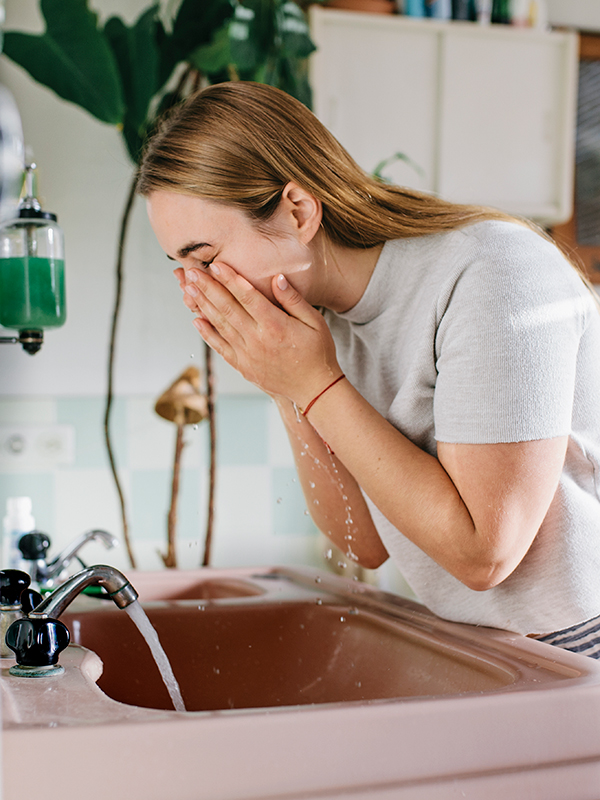
By eating more of an organic plant-based, sugar-free diet, supplementing the right way, and protecting and keeping your skin balanced, you can reduce inflammation and help your body release toxins. Additionally, managing stress levels (like by practicing breath work) and sleeping a solid eight hours both make a difference. When we freak out, our skin tends to freak out, too.
Avoid falling prey to endless empty promises that quick-fix products tout and instead make better habits that can avoid acne forming in the first place. Create a morning and nighttime routine you can easily stick to. If you take the time at night to care for your skin, all you need is a few seconds in the morning to wash off, and hydrate and protect with products like hyaluronic acid and an SPF.

While this is probably not news to you, it's worth repeating: Never go to bed with makeup on, and consider double-cleansing with a gentle cleanser like the Graydon skincare cleanser, which has become one of my favorites. The super gentle, foaming cleanser has a creamy texture that effectively removes dirt, makeup, and sweat while balancing the pH of your skin. Formulated with white willow bark and apple cider vinegar, it cleans deep, and the addition of azelaic acid is a powerhouse that works to help brighten skin while delivering antioxidant benefits and may also help reduce skin sensitivity.
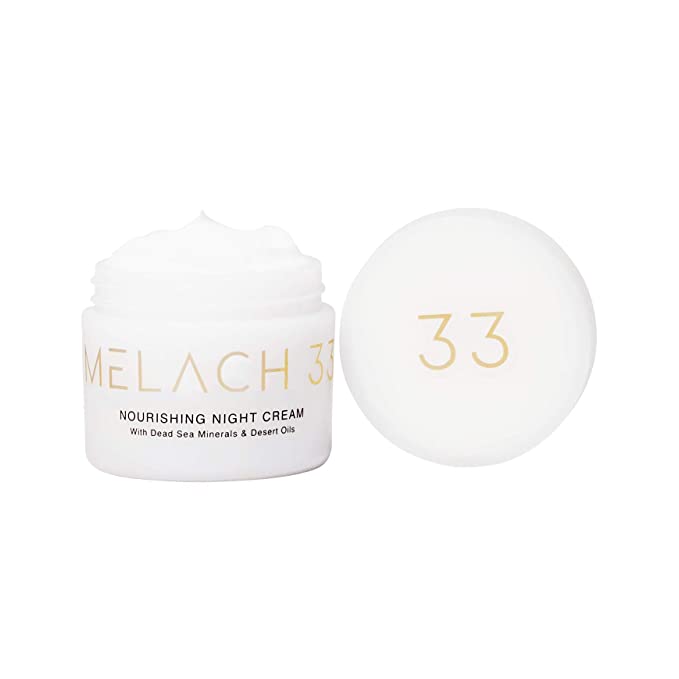
Follow up with a hydrating, double-duty moisturizer like the Melach 33 Nourishing Night Cream. The exceptionally rich night cream contains Dead Sea minerals and antioxidant plant oils (grapeseed, almond, and pomegranate) to work while you sleep and help to repair damage caused to the skin by pollution, wind, and sun. It nourishes your skin, improves its appearance, and leaves it supple, soft, and velvety smooth.
Next: 7 Foods to Avoid If You're Dealing With Acne—And What to Eat Instead
Disclaimer
This article is provided for informational purposes only and is not intended to be used in the place of advice of your physician or other medical professionals. You should always consult with your doctor or healthcare provider first with any health-related questions.